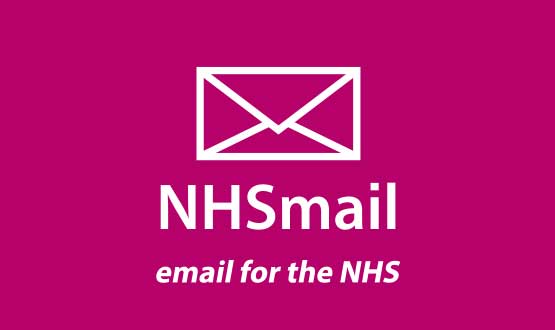More than 200,000 people have already been switched to NHSmail 2 and most will have barely noticed, the HSCIC says.
One of the biggest email migration projects ever kicked off on May 29, with just a 50 accounts. It has been slowly ramped up, with the number ticking over 200,000 this week.
Cleveland Henry, who is leading the project at the Health and Social Care Information Centre, said if all goes to plan every one of the 850,000 NHSmail accounts would be switched by early August.
“This is a massive migration. It’s potentially the biggest migration of mailboxes ever undertaken,” he said.
“We are getting there and so far it’s been really positive but I’m not going to report a success yet.”
NHSmail 2 replaces the ageing NHSmail 1, which was introduced in 2002. Henry described the earlier version as a “burning platform” stretched to capacity, beset by performance issues and no longer able to meet the growing demand.
“We were working with some real legacy software and hardware. The platform was at the limit of its physical capacity.”
Vodafone had been the incumbent provider of the NHSmail service after taking over Cable and Wireless, which has been the supplier for NHSmail since its launch in 2002, initially using the Mirapoint platform but moving onto Microsoft Exchange 2007 in 2009.
In June this year the Department of Health announced that consultancy firm Accenture was the winner of the £60 million contract to provide the new NHSmail service, which covers NHS organisations in Scotland and England, beating competition from BT.
However, the rollout of NHSmail 2, initially scheduled for September last year, was delayed after “issues preventing network provision between data centres”.
NHSmail 2 includes a number of new features, including doubling the mailbox storage capacity to 4GB, better mobile integration and a wider range of tools.
Henry said most people wouldn’t notice much difference initially, apart from a few added visual elements and a quicker performance but not much else. All their calendars, notes and contacts should transfer seamlessly.
“From the user’s experience, you should just get an email saying you will be migrating and then another email saying you have migrated.”
As the new system is rolled-out it will be used more as a platform for delivery rather just an email service, Henry said.
For now it provides instant messaging service and supports e-prescribing. Integrated skype audio and video calling and SharePoint for secure file storage.will also be rolled out, but it not yet available.
Henry said there had been 33 defects detected in the roll-out so far, affecting 75 individuals.
“These are not major issues. It’s around functionality, and look and feel. We have had no significant service impact.”
It was possible other issues would arise as the service was accessed through a wider range of different IT set-ups, he said.
Not everyone in the NHS uses the internal mail service and they can still decide whether they go with Accenture’s service or stick with their own.
However, anyone who decides to remain outside the NHSmail system, needs to use a ISB1596 standard accredited system. The standard is design intended to make sure an email service adheres to information governance policies and is secure.
In July last year Microsoft 365 became the first non-NHS email service to meet the ISB1596, giving NHS organisations an alternative to NHSmail 2.
How have you found the transition to the new NHSmail service? If you want want to share you experience contact us at ben@digitalhealth.net or leave a comment below.

